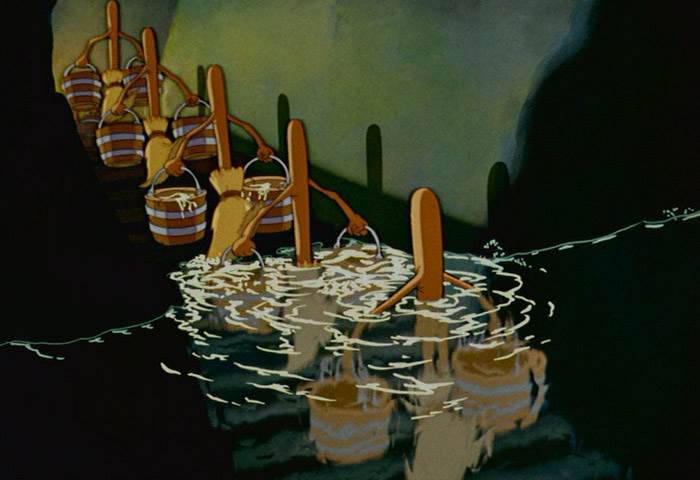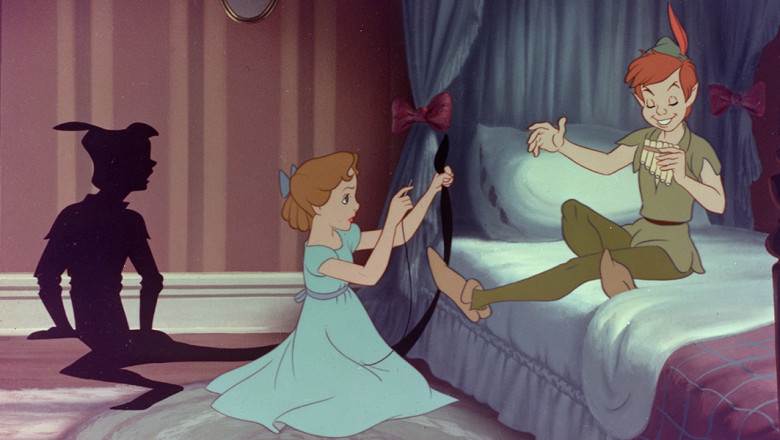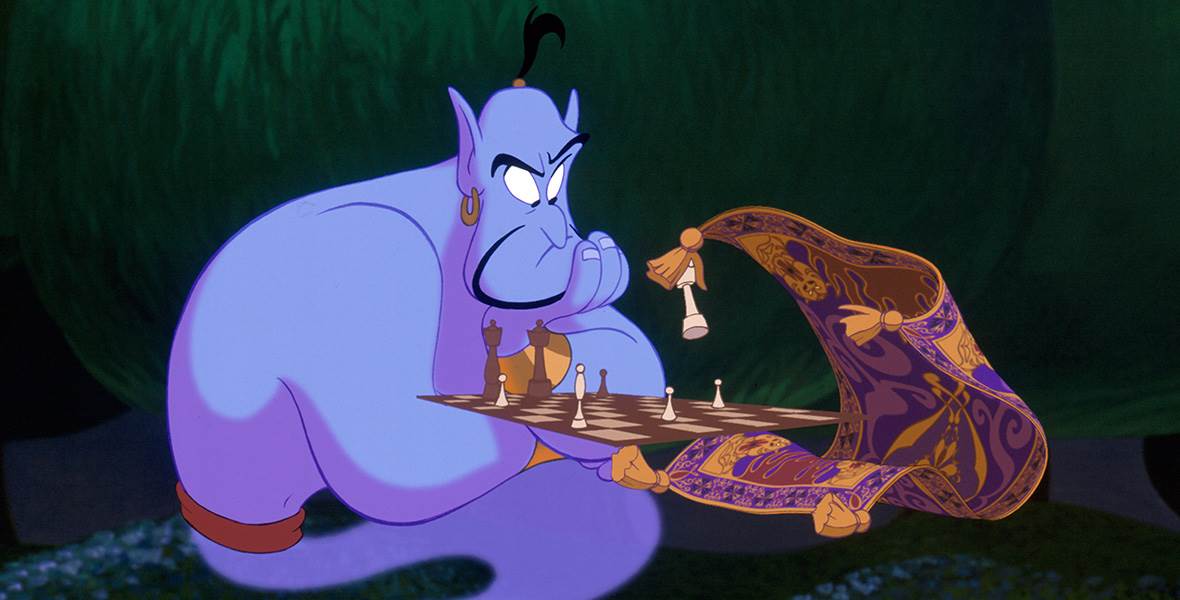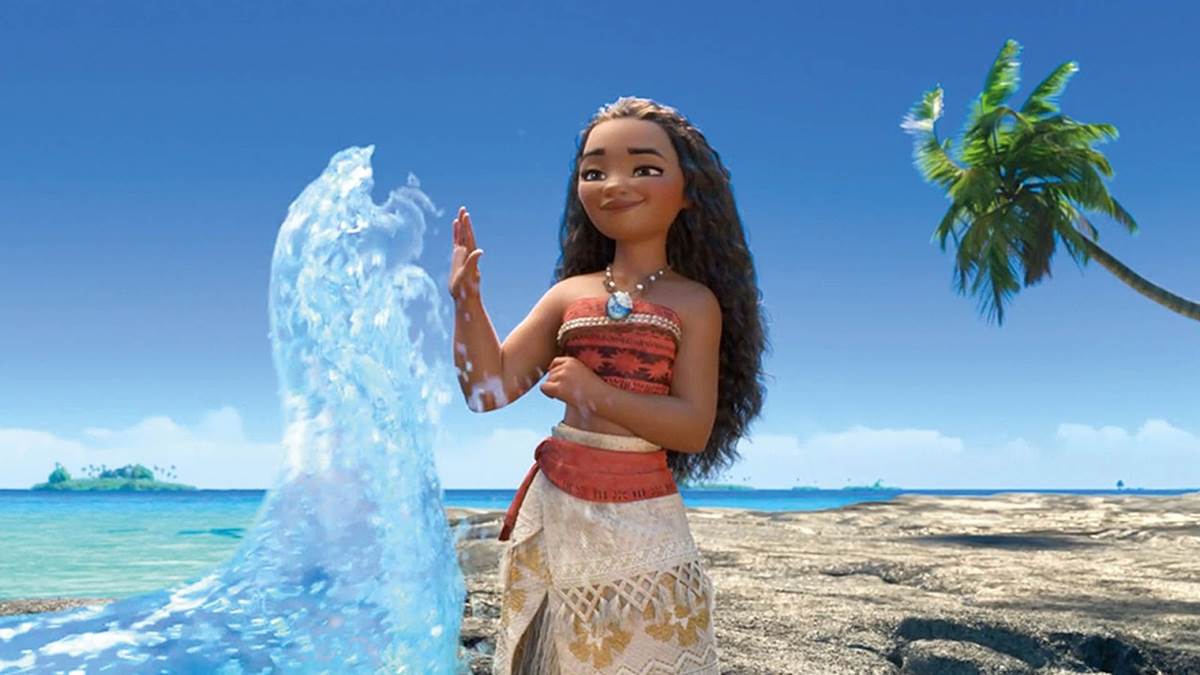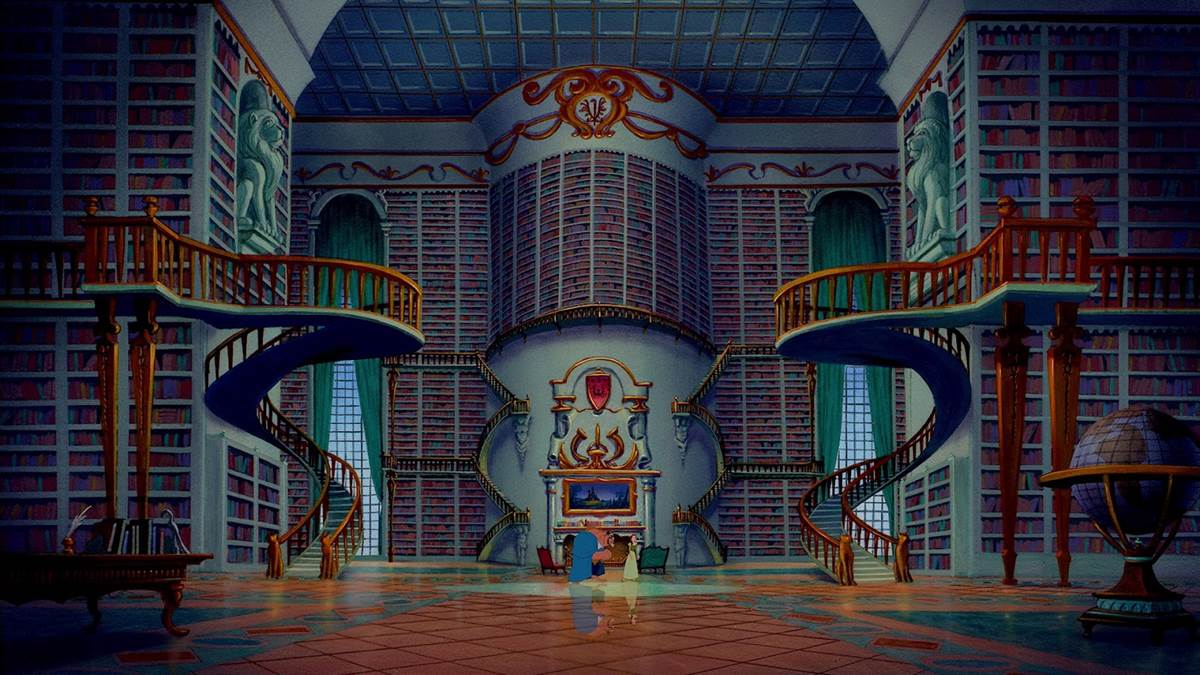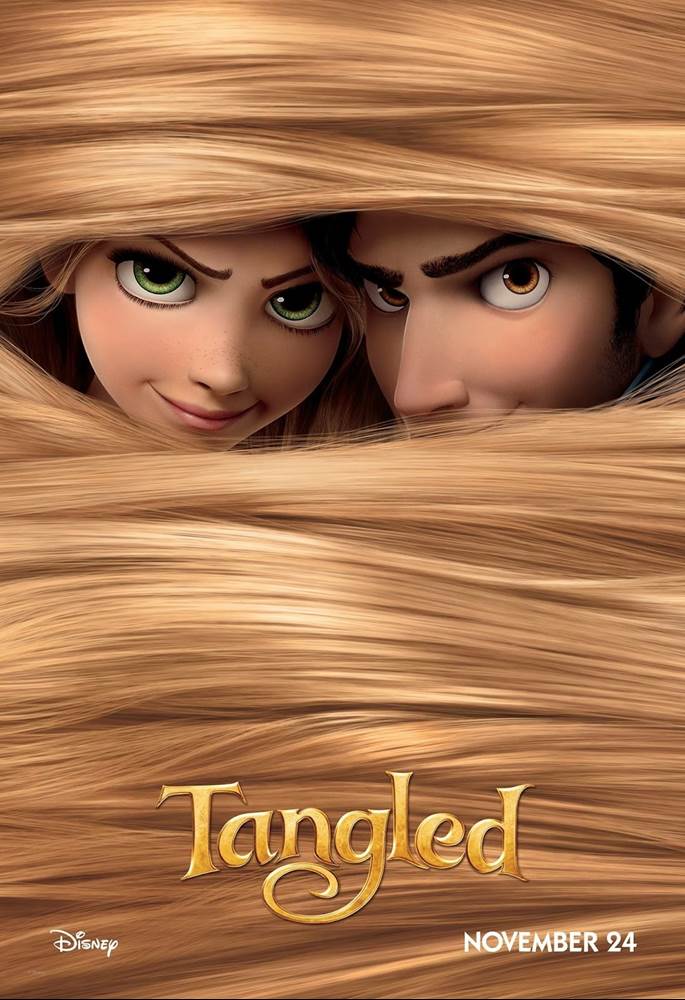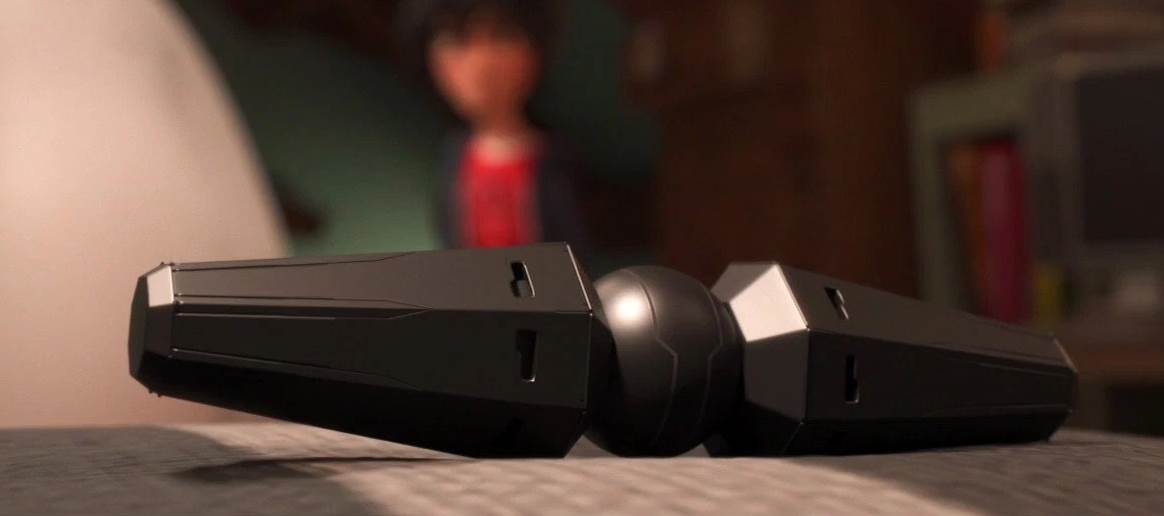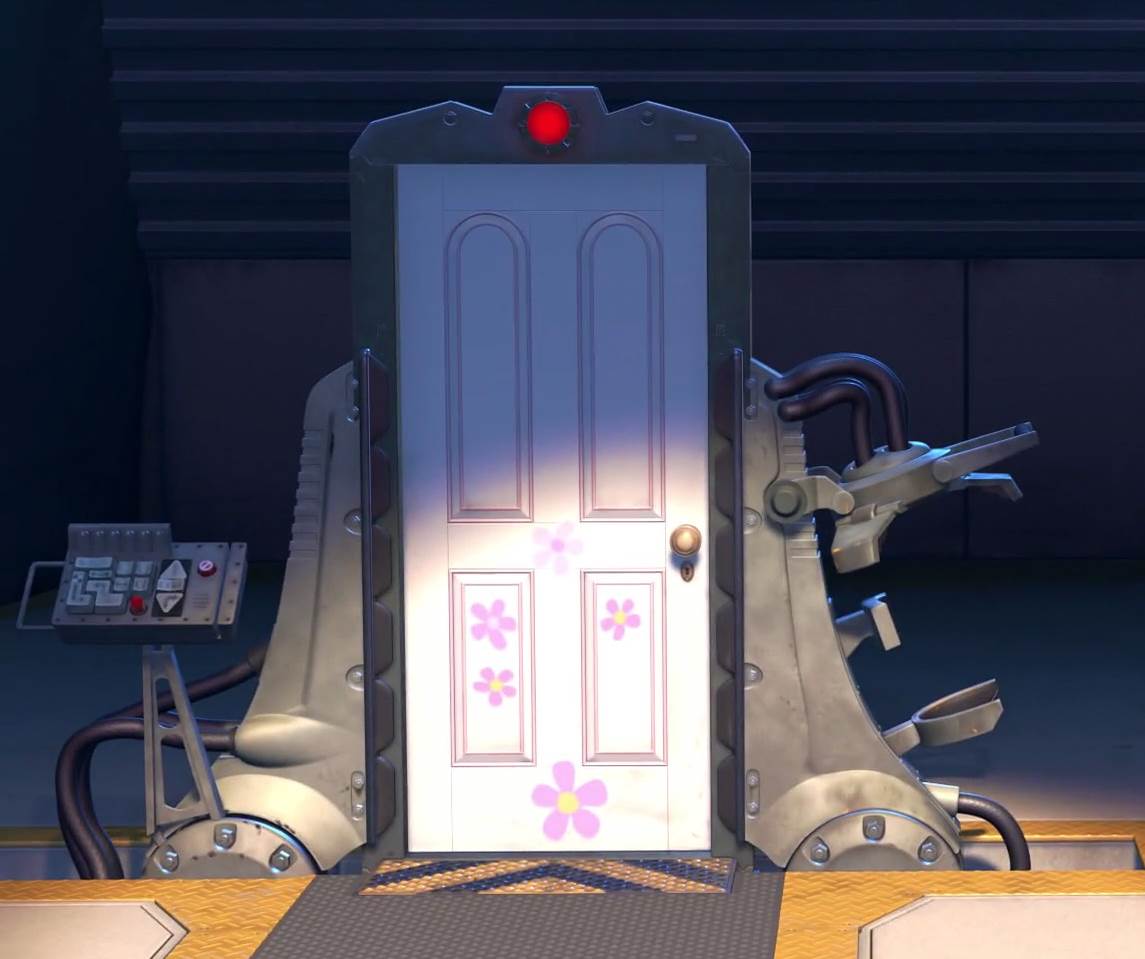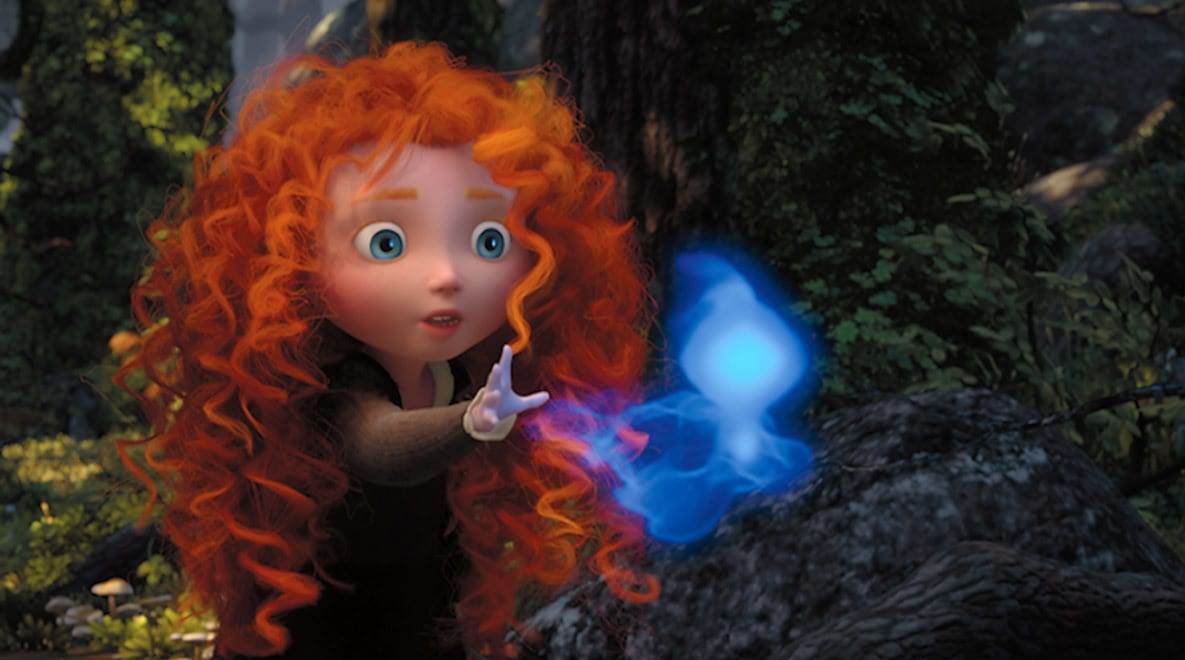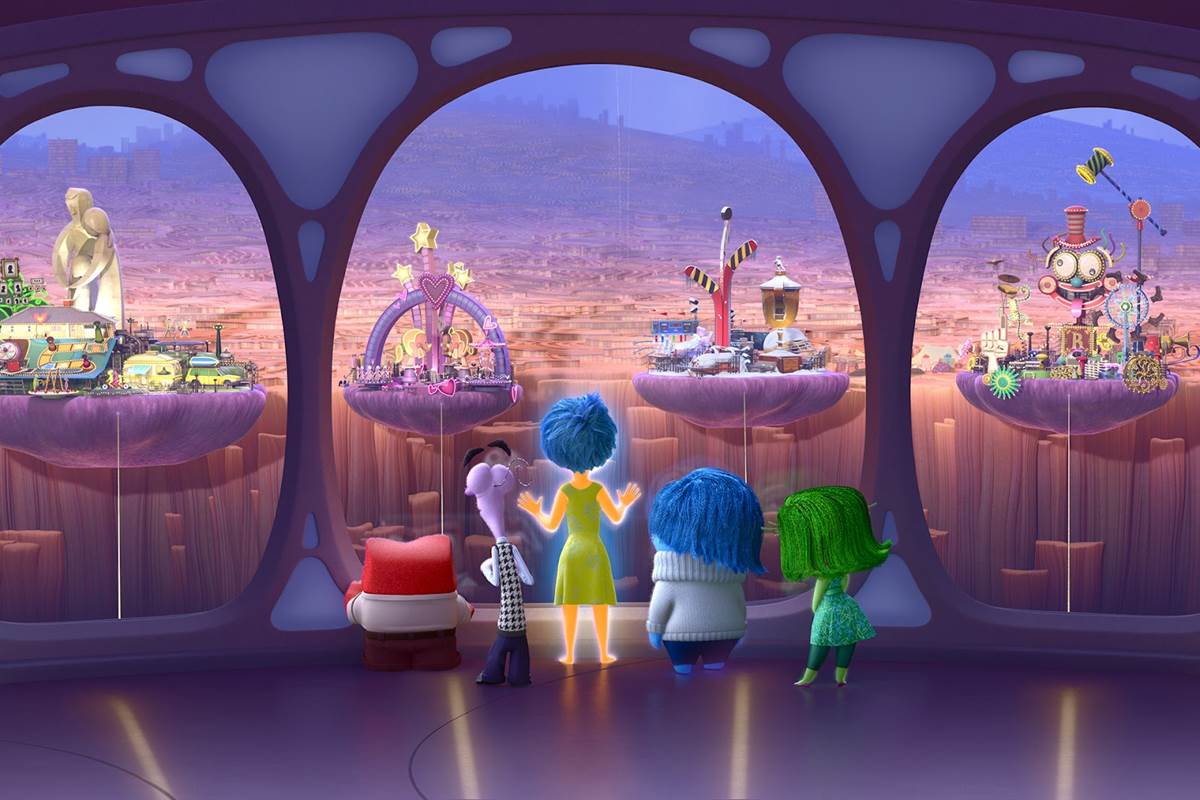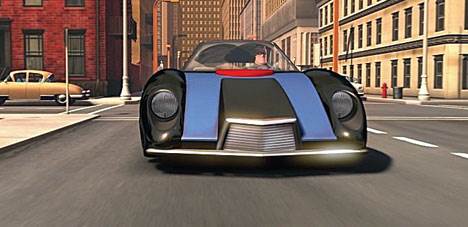Every good story includes a host of characters. The hero, the villain, a few supporting roles, and maybe a cameo or two. While the characters may be the most important pieces of the story, the setting and location help set the stage for the adventure that unfolds.
Of course, many great adventures use a host of objects, props, and devices to propel the story. Some stories even revolve around a single object. Think of the supporting objects as the color on a page of black and white (and maybe gray) ideas. These story pieces could be personal treasures, vehicles, mental notions, weapons, and even specific locations.
Every now and then, in the gray space of storytelling, comes a story piece that transcends the one-dimensional nature projected by most inanimate objects. In these circumstances, the objects are personified, and elevated to the level of being a character in their own right. This could be due to their importance to the plot, a pinch of magic, or perhaps just a bit of anthropomorphic play. Let’s explore some notable semi-sentient characters in the Disney animated universe, followed by a handful of Pixar nominations.
Walt Disney Animation Studio Films
The Servant Brooms – The Sorcerer’s Apprentice (Fantasia)
Here’s a classic coming-to-life story, courtesy of magic. Mickey Mouse, as the sorcerer Yen Sid’s young magician apprentice, is faced with the daunting task of performing tedious (and physically demanding) castle chores. When he performs a spell that brings a broom to life, for the sole purpose of easing Mickey’s chore load, the situation quickly spins out of control.
The broom in this case is not simply “puppetized” into doing Mickey’s work. It develops a very stubborn mind of its own, taking a simple task of filling a cauldron with water, and turning it into a never-ending cycle of more, more, more. Even when destroyed by the young apprentice, the broom’s pieces spawn countless cohorts, who persistently carry on with the (very wet) duties. It took the advanced magical abilities of Master Yen Sid himself to convince the army of brooms to relent!
Peter Pan’s Shadow – Peter Pan
What is a shadow? In scientific terms, it is simply a projected image of a blocked light source. A shadow cannot exist without both light and dark. To a child, shadows represent a whole lot more than physics. These weightless shapes carry a pot of personality.
In J.M. Barrie’s classic tale Peter Pan, Peter represents the hope, wonder, and playfulness of youth, while his soulless shadow seems to act as a limp reminder of a less carefree life. As is the case with many Disney films, the harshness of some classic fairy tale notions is softened for easier swallowing. Disney’s Peter Pan character still represents the neverending wonder of youth, but his shadow is not as serious on the silver screen. Here, the shadow plays, dances, and personifies the exact notion of youth that Peter himself prides himself on living. Peter Pan’s shadow never says a word, but its actions tell a story of wonder.
Carpet – Aladdin
“Yo, Rugman. Haven’t seen you in a few millennia. Give me some tassel.” – Genie
Under usual circumstances, one wouldn’t expect a 10,000-year-old rug to display a whole lot of personality. But introduce a little magic from a Middle Eastern folktale, and the sky’s the limit (literally). Carpet always has Aladdin’s back, whether it be to break his fall, deliver him to lands unexplored, or just to take a cruise with his would-be princess Jasmine.
The four corners of this rug act convincingly as arms and legs, and its flexibility allows it to twist and turn in very human ways. Even without a head, this anthropomorphic carpet exudes every bit of personality as any other of Disney’s fabled sidekicks.
Water – Moana
Clear, tasteless, and entirely normal – that’s how water feels to most of us. But if you wield the Heart of Te Fiti and you need to travel across the ocean to return it, water suddenly takes on a new persona.
In Moana, water acts as something of a magic carpet in its own right, guiding Moana towards her goal, keeping her demi-god partner Maui in check, and most importantly, preventing the Heart of Te Fiti from being lost forever (or at least for a few more centuries). In fact, water seems to know a whole lot more than anyone (or anything) else about the legend of Te Fiti, the creation of life in the South Pacific, and how to resolve the curse carried by the stone.
Maui’s Tattoos – Moana
One of the more endearing “characters” in Moana are the tattoos that cover the body of Moana’s involuntary ally Maui. The demi-god’s upper body is filled with tiny stylized ink figures detailing the heroics of this once great legend.
The tattoos tell an amazing story in their own right, but the animators of the film literally brought the figures to life. The figures silently offer very loud opinions to Maui throughout the film, working as his conscience to guide him into being a more willing participant in returning the Heart of Te Fiti and lifting the curse placed upon the world above water. The tattoos’ guidance is fitting, since it was Maui’s self-absorbed ambitions that led to the curse in the first place.
Beast’s Castle – Beauty and the Beast
Another day, another curse. This time, the whole castle is under a spell. The Beast’s castle doesn’t move. It doesn’t speak. Yet it lives and breathes. It is omnipresent throughout Belle’s stay.
The charmed residents may sing and dance (after all Miss, this is France!), yet the castle itself also feels like a willing participant in the story. One never knows if the castle will unleash a deep, dark secret, or light the lights and join the fun. And that mystery is exactly what makes the castle such an intriguing character in Beauty and the Beast.
Rapunzel’s Hair – Tangled
Hair is here. Hair is there. Hair is everywhere! From the promotional movie poster through the film’s finale, Tangled is filled with foot after foot of Rapunzel’s golden locks. It’s not just Rapunzel and Flynn Rider skirting the countryside. Rapunzel’s hair insists on being an active participant in the adventure. It keeps the untrustworthy Flynn in check. It offers means of escape from tight positions. It includes a magical healing power that completely drives the story’s plot.
And at the end of the film, the audience mourns its loss. Rapunzel’s hair may never actually do anything, yet its abilities (and excessive volume) resonate with importance throughout the entire film.
Microbots – Big Hero Six
“If you can think it, the Microbots can do it.” – Hiro Hamada
Don’t call them magnets! These tiny computer nanobots – invented by Hiro – may not be much individually, but put them together and they are capable of almost anything. Microbots can join together to form various shapes, structures, and other constructs, be it a vehicle, a bridge, a wave, or even an animal. With the help of a neurotransmitter, one person can completely control swarms of them simply with their thoughts.
Since microbots can only work as a team, they were constructed with built-in electromagnetic sensors, so they effectively seek each other out, and create a true sense of community. The best part of these microbots – they echo a well known Disney philosophy “If you can dream it, you can do it.” This quote may not be from Walt Disney himself, but these confident words have been emblematic of the Walt Disney Company since Walt founded it all those decades ago.
Casita – Encanto
Have you ever wanted to live in a real live clubhouse? Marry into the family Madrigal and you’ll get your chance. Casa Madrigal has it all – moving steps that turn into a slide, an open-air courtyard, charming sounds, and always just the right tool for the job. But most importantly, this house has heart, and lots of it!
Casita deeply cares about everyone in the Madrigal family (even Bruno). The cracks in the house’s foundation directly reflect the mood and morale of the family itself. When the family’s foundation cracks at the base, Casita puts their safety ahead of its own condition, even going so far as to “eject” everyone from the house before it crumbles. And all the love Casita gave through its lifetime came pouring back in droves when the whole town joined in to help rebuild it. This is Disney storytelling at its very best.
Pixar Films
In Pixar’s world – known for cerebral wonder – there are surprisingly few appearances that fit the semi-sentient character box. To consider any of Andy’s toys for this group would feel like cheating, as they are all fully flushed characters in their own right. But there are a few candidates. Here are a few nods to Pixar’s pseudo-characters.
Boo’s Door – Monsters, Inc.
In the strictest definition, doors are simply gateways dividing two places – usually rooms. They are among the most mundane features in a typical house, office, or other building. But in Monstropolis, doors represent a gateway to another world – and to the energy needed for urban survival.
When the audience learns exactly how Monstropolis uses doors as portals to the earthen world, doors take on an enhanced meaning. Sulley and Mike accidentally (and comically) leave Boo’s door open, and in doing so, unleash what will become an entire sea change of how energy is harvested. After their exile from Monstropolis, Sulley and Mike find their way back through a series of doors, beginning a memorable chase scene through countless other doors in the Monsters, Inc. inventory.
Boo’s door – painted white with little purple flowers – becomes representative of the innocence of a child. Her door may function exactly the same as the doors of countless other children, but the audience grows attached to her door, and in doing so mourns the destruction of it by the Monstropolis authorities. Boo’s door – like the others – has a life of sorts, and it is only when Sulley fastens the last missing piece to the reconstructed door that it will open to reunite him with Boo.
Carl’s House – Up
Many of the fondest memories in life are made in the home. Carl Fredrickson and his wife Ellie lived in their house for decades. After Ellie’s passing (shown in one of the most touching montage scenes in the history of animation) the house and its belongings are the only physical connections Carl has left with his life partner.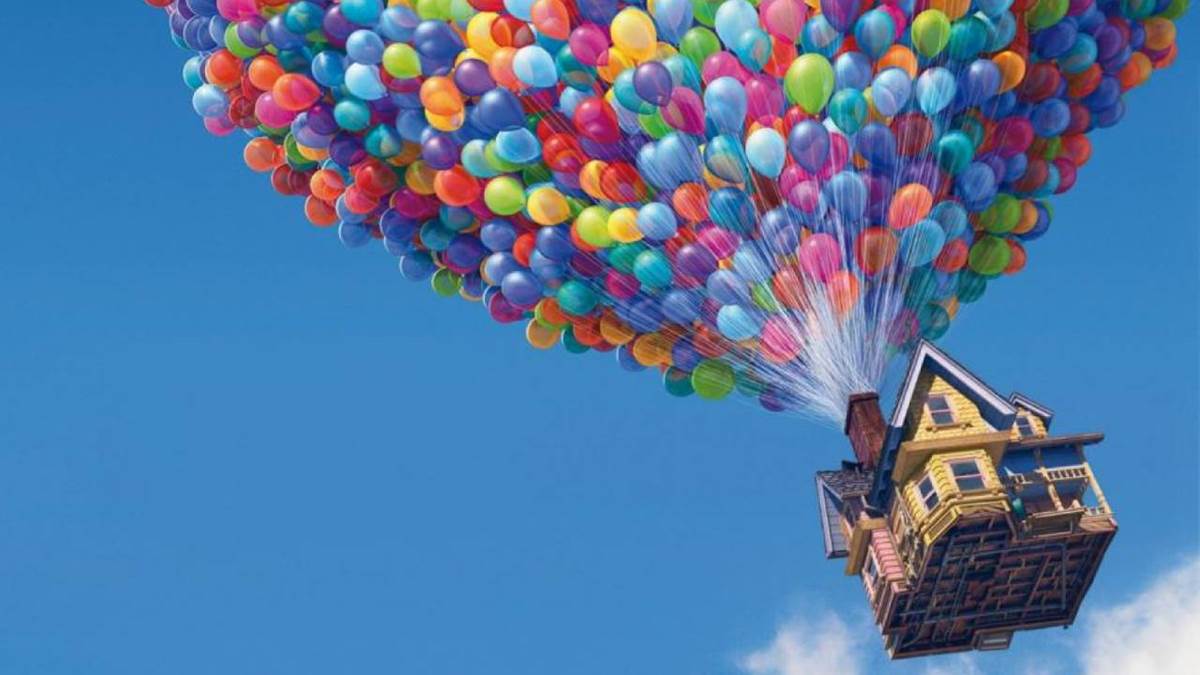
So what does Carl do? He takes the entire house with him on one last grand adventure to South America. Add several thousand helium balloons, and Carl really knows how to travel in style. The house provides a home base for Carl while he and his tiny stowaway – Boy Scout Russell – explore their new surroundings. Eventually, the weight of the house and its contents becomes too much of a burden for Carl to keep dragging along. The encouragement Carl finds in one of Ellie’s scrapbooks gives him the emotional strength to untether himself from the weight of the house, and keep only the memories. Fueled with this newfound strength, Carl and Russell embark on a new adventure, leaving the house behind to settle nicely on the cliff beside Paradise Falls.
Will O’ the Wisps – Brave
The idea of a guardian angel watching over us is both comforting and warming to the soul. In Scottish folktales, Will O’ the Wisps play this role. They are spiritual, ethereal beings that represent past lives – reborn as these tiny guiding lights. They appear several times to Merida as small floating blue flames. They protect Merida in her childhood by leading her safely away from harm, and they guide her as an adult as she seeks to defeat the evil Mor’du and save her mother.
Of course, the intention of the Wisps isn’t always clear, as these little blue breadcrumbs tend to lead Merida into trouble. But following their trail leads Merida exactly where she needs to be, to follow her fate and destiny.
Riley’s Brain – Inside Out
Joy, Sadness, Anger, Fear, and Disgust. These are the five emotions that make up Riley’s feelings in Inside Out. But there’s a whole lot more going on inside Riley’s head in addition to these emotions. Riley’s feelings land her brain in a constant struggle with the dreaded “memory dump” until her fondest childhood imaginary friend Bing Bong guides Joy and Sadness to take the “train of thought” back to the brain’s “headquarters.”
Riley’s brain is not an actively animated participant in the story, but much like the Beast’s castle in Beauty and the Beast, the brain serves as the overall keeper of order and emotion. Periodic zoom-ins to Riley’s head further demonstrate the brain’s background orchestral functions in the film. When all is right in Riley’s head, she can finally move ahead from her greatest life challenge.
“Incredibile” – The Incredibles 2
Action movie lovers always enjoy a souped-up car with all the bells and whistles. That is what makes Batman’s Batmobile a comic book legend. The Incredibile is made from this mold. It makes only a brief appearance in The Incredibles, but steals a few scenes in The Incredibles 2. Not only can the car transform from a normal looking sedan into a rockstar super vehicle, it can also transform into a sports boat for “Hydro Pursuit.” The vehicle sports rocket boosters for extra speed, ejectable seats, and advanced GPS.
But what elevates the Incredibile to a semi-character status is its ability to respond remotely to voice commands. Much like Hiro’s microbots in Big Hero Six, the Incredibile can perform quite a repertoire of tasks with a simple vocal command. If other, non-trusted individuals try to control the car, it simply shuts down and stubbornly refuses to respond. It’s like having a four-wheeled sidekick!
Can you think of any additional nominees that act more like a character than a simple object? Reach out to us on social!
Check out our list of semi-sentient beings in the live-action Disney universe (including Star Wars and Marvel as well)

